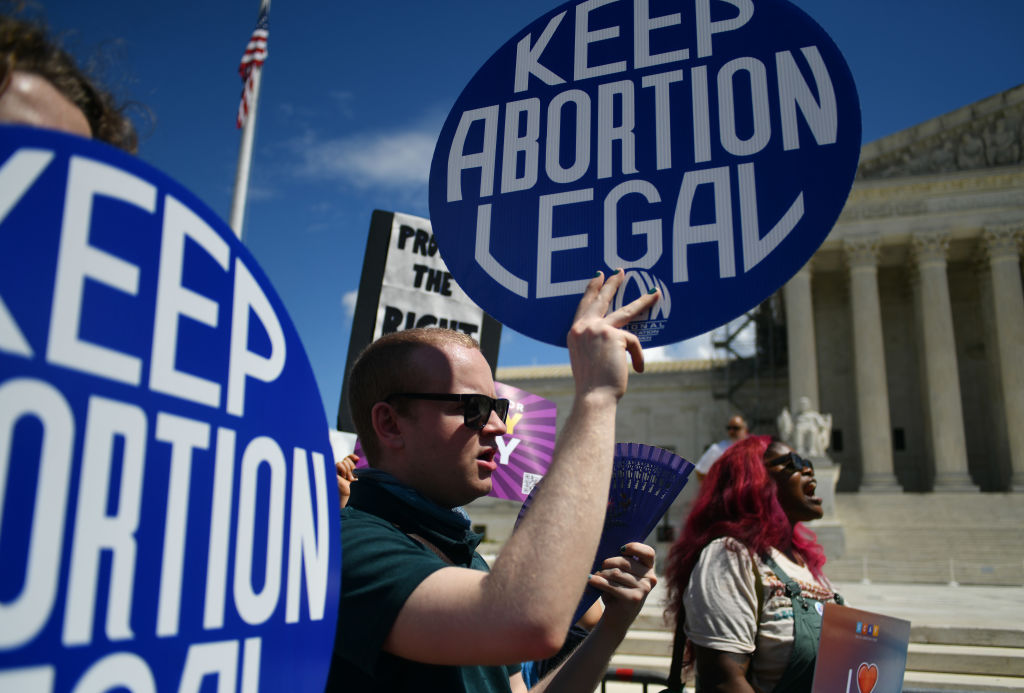
One year has passed since the Supreme Court overturned Roe v. Wade— unleashing a flurry of abortion restrictions affecting millions of Americans.
While abortion until the third trimester of pregnancy remains legal in most states, abortion restrictions have spread across the country since the court reversed almost five decades of precedent in Dobbs v. Jackson Women’s Health Organization. More than half a dozen bans immediately took effect under “trigger laws” designed to kick in once Roe no longer applied. In the year since, more states moved to ban abortion through legislative action. Some of those abortion restrictions have been blocked by state courts.
Bans on abortion vary in terms of how many weeks after pregnancy they apply—with some taking effect as early as six weeks, before some people may know they are pregnant. Some bans make exceptions for rape or incest; others don’t.
Not all states have moved to restrict abortion since the Supreme Court ruling. Many have expanded access. In some cases, state supreme courts have recognized abortion as a fundamental right. Governors and legislatures have passed laws to protect those seeking or providing an abortion from laws in other states, as many people who want an abortion now are crossing state lines to obtain one.
TIME compiled data about abortion restrictions in all 50 states, and D.C. Here’s a look at the landscape of abortion rights in the United States.
-With reporting by Julia Zorthian
More Must-Reads from TIME
- Cybersecurity Experts Are Sounding the Alarm on DOGE
- Meet the 2025 Women of the Year
- The Harsh Truth About Disability Inclusion
- Why Do More Young Adults Have Cancer?
- Colman Domingo Leads With Radical Love
- How to Get Better at Doing Things Alone
- Michelle Zauner Stares Down the Darkness
Write to Sanya Mansoor at sanya.mansoor@time.com and Lon Tweeten at lon.tweeten@time.com



